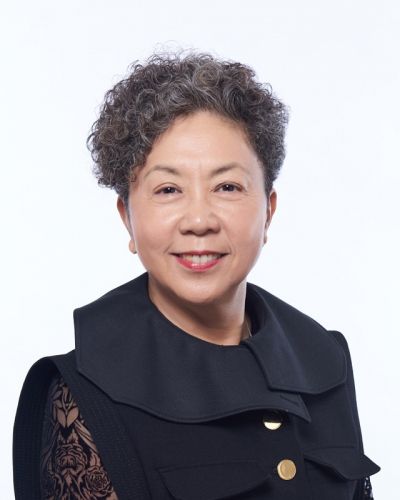DANA POINT, Calif. (BRAIN) — “It takes a substantial investment to change the status quo, but it can be done,” said Bonnie Tu, chairperson of Giant Group.
Tu, speaking at the annual Bicycle Leadership Conference, offered a personal look at her role in developing Giant’s LIV brand of bicycles and cycling apparel scaled for women.
She said that in 2007, at the age of 57, she was dealing with the effects of menopause and other health issues. “And then I had the opportunity to go for a bicycle ride,” she recalled. She hadn’t ridden a bike since she was a child.
While Giant was producing 3 million units a year, she was given a small men’s bike to ride and a men’s jersey to wear. “Despite that, I found that I enjoyed cycling so much,” Tu said. But more importantly, her health began to improve.
Those early rides also inspired Tu to use her clout within the Giant organization to take women cyclists seriously. “We should provide the proper equipment for all the ladies,” she said she urged Giant executives.
At the time, Giant had women engineers and product designers and Tu took advantage of their skills.
Within a year she opened the first LIV store in downtown Taipei. She also led a group of women, including local celebrities, on a traditional ride around the island of Taiwan. The result? The local media gave the ride extensive coverage and soon women were flocking to her store.
“It’s been 15 years now, and this is what I learned. We need to educate our consumers; so many women (even now) don’t know how to ride especially in urban areas; but once they begin riding cycling becomes a family activity,” she said.
A spin off from LIV has been the development of female mechanics. “They are as well qualified as men,” adding that they also become persuasive sales staff for both women and men. And they enjoy leading the Sunday rides.
“So, LIV is doing well, but it took 15 years,” Tu said.
She also recounted her efforts to convince Shimano and later SRAM to produce brake levers with shorter reach that would fit women’s smaller hands.
After finishing a ride down Japan’s Mt. Fuji, Tu’s hands ached from reaching for the levers. In 2015 she met with Shimano executives urging them to manufacture the levers. “We will consider it,” they told her.
She met with them again in 2016. The same message. And again in 2017. Finally, in 2018, she was told that Shimano had designed a lever “for smaller hands” and in 2019 they were offered as an option on its 105 group.
Now, at the age of 72, Tu is still pushing for the industry to reach out to women. “LIV is an example; it’s not an exception,” she said.


